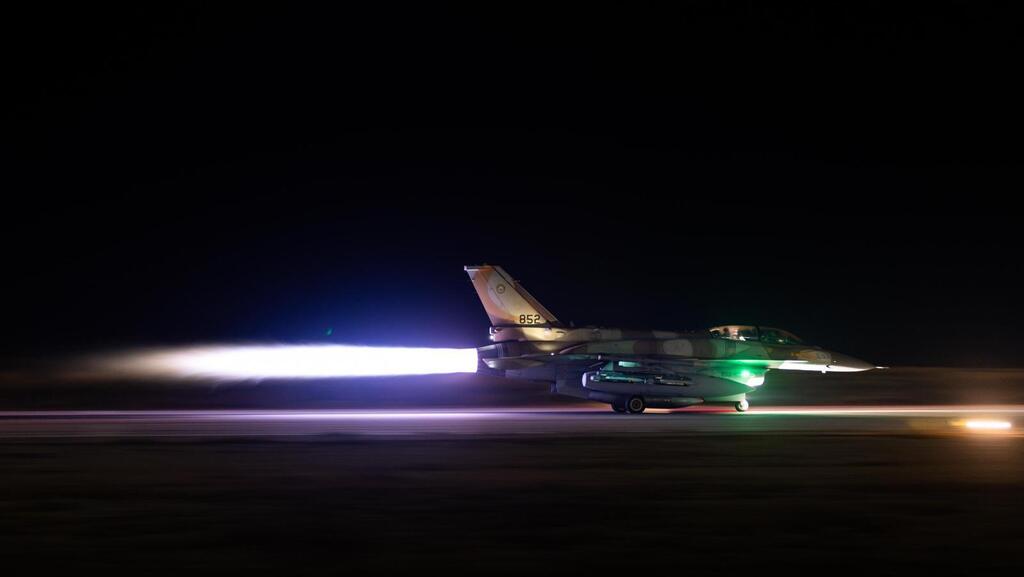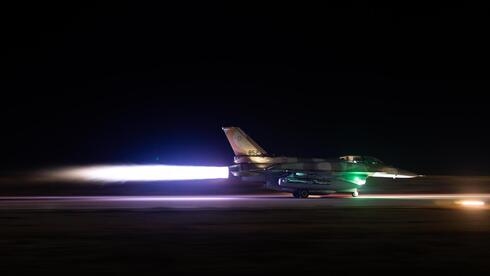
Israel poised to breach deficit cap again as war and defense costs mount
War with Iran and rising defense demands threaten to push Israel’s 2025 deficit past 6% of GDP—well above the 4.9% ceiling.
The Israeli government is expected to exceed its own deficit ceiling for the third consecutive year. According to estimates from capital markets both in Israel and abroad, the budget deficit in 2025 could surpass 6% of GDP, significantly higher than the 4.9% ceiling set by the government.
In 2023, the Accountant General reported a deficit of 4.2% of GDP, but the actual figure reached 5.1%, according to later revisions. In 2024, the Ministry of Finance projected a 6.9% deficit, yet the Central Bureau of Statistics (CBS) calculated the true figure at 8.3%. In all three years, the actual deficits have greatly exceeded the previous ceiling of 3% of GDP.
Last week, JPMorgan, the world’s largest bank, sharply revised its forecast for Israel’s 2025 deficit, raising it from 5% to 6.2% of GDP, an increase equivalent to more than 25 billion shekels (approximately $7.3 billion). “We assume that increased defense spending and a decline in tax revenues will raise this year’s deficit by slightly more than 1% of GDP,” JPMorgan’s analysts wrote. “Compensation for property damage from the national compensation fund may not have an immediate budgetary effect, but replenishing the fund will impact bond issuance over the medium term.”
Calcalist has learned that Chief Economist Shmuel Abramzon is preparing updated forecasts ahead of the 2025 budget to accommodate rising defense costs, a move already endorsed by Finance Minister Bezalel Smotrich. Treasury officials acknowledge a likely decline in GDP and tax revenues but argue the shortfall will remain manageable.
Dr. Adi Brender, Director of the Bank of Israel’s Research Department, told Calcalist that while tax revenues may fall short of recent projections (₪538.6 billion or $157 billion), they are unlikely to dip below the original 2025 budget estimate of ₪517.1 billion ($151 billion). “In that case, the deficit could rise further,” Brender noted.
At the start of June, before hostilities with Iran began, the Ministry of Finance had revised its 2025 revenue forecast upward by ₪21.5 billion ($6.3 billion). But with war underway, officials now expect actual revenues to fall closer to the original estimate. Despite this, the Treasury insists there’s no need to raise the deficit ceiling, citing what it views as a likely reduction in security risks in the months ahead.
The Ministry has already exhausted its 2025 budget reserves due to the Gaza war. Any new defense spending - currently under negotiation - will push the deficit even higher. The final figure hinges on how much the Defense Ministry ultimately receives.
Another pressing question concerns the state of Israel’s national compensation fund, which covers damages to civilian properties. The fund currently holds between ₪9–10 billion ($2.6–$2.9 billion) and is expected to receive an additional ₪5 billion ($1.45 billion) by year’s end. The Tax Authority has allocated 100% of this year’s purchase tax revenues to replenish the fund.
Related articles:
That brings the fund’s estimated resources to ₪14–15 billion ($4.1–$4.4 billion), while preliminary damage estimates from Iran-related attacks total ₪5 billion ($1.45 billion).
Both foreign and Israeli institutions now agree the war will push Israel beyond its deficit limit. Local investment house Meitav estimates the war will add 1%–1.5% of GDP to the deficit. According to Alex Zabezhinsky, Meitav’s chief economist, many costs related to U.S.-funded military aid - such as missiles and aircraft - will not impact the local deficit. However, compensation for civilians and unfunded military operations will.
Ram Aminoach, former financial advisor to the IDF Chief of Staff and head of the Defense Ministry’s budget division, estimates current costs at ₪15–16 billion ($4.4–$4.7 billion) and rising. These break down into two broad categories: defensive and offensive expenditures.
On the defensive side:
- Each Arrow 3 interceptor missile costs approximately ₪10 million ($2.9 million).
- Personnel costs, largely from Home Front Command operations, run around ₪100 million ($29 million) per day.
On the offensive side:
- Each flight hour by the Israeli Air Force costs about $25,000 (₪85,750).
- Each munition unit released during sorties costs approximately $500,000 (₪1.72 million).
- With about 1,500 sorties launched, and an average of 1.8 munitions per sortie, the total munitions cost alone is around ₪4.72 billion ($1.38 billion).
- Flight hour expenses, based on 200 aircraft in continuous operation over 10 days, amount to ₪4.2 billion ($1.22 billion).
These offensive operations total ₪9 billion ($2.6 billion). Adding 10 days of personnel costs (₪1 billion / $292 million) and missile interception costs for 300 launches (approximately ₪3 billion / $876 million), total war costs exceed ₪13 billion ($3.8 billion), and this does not include several still-unaccounted items.

